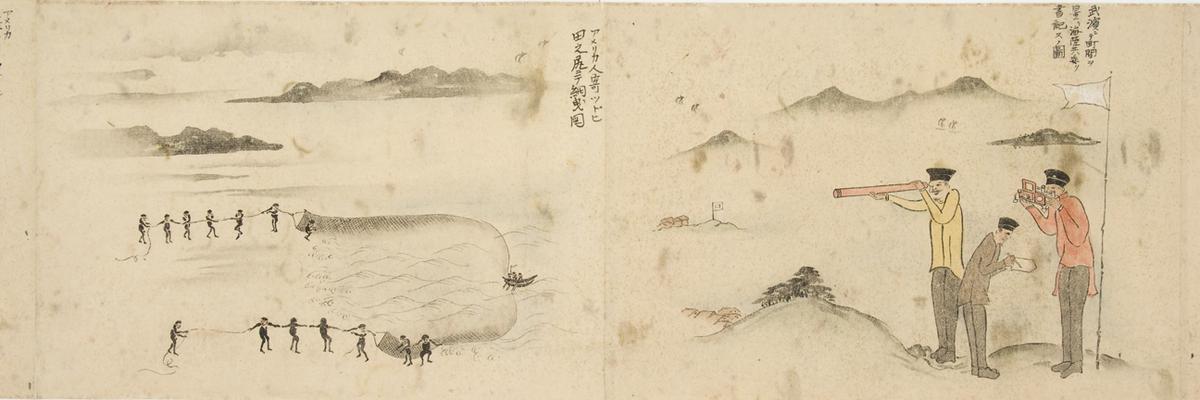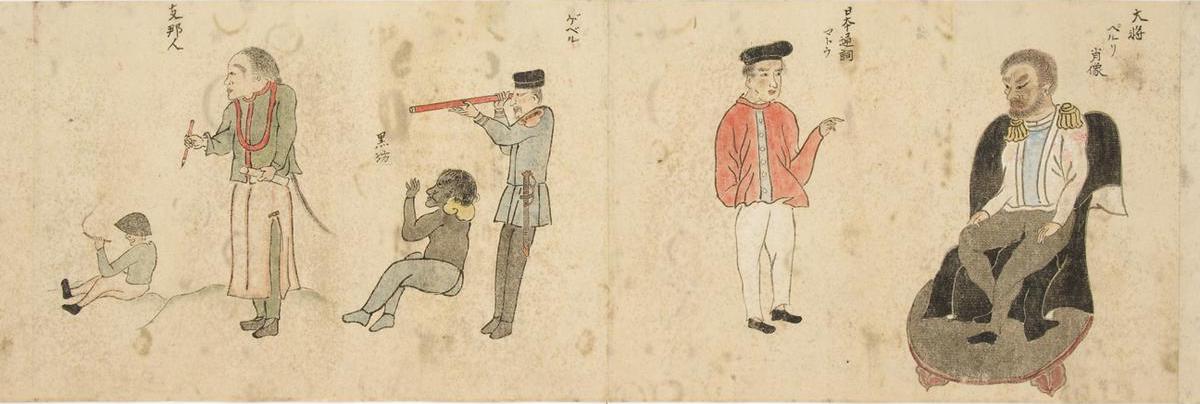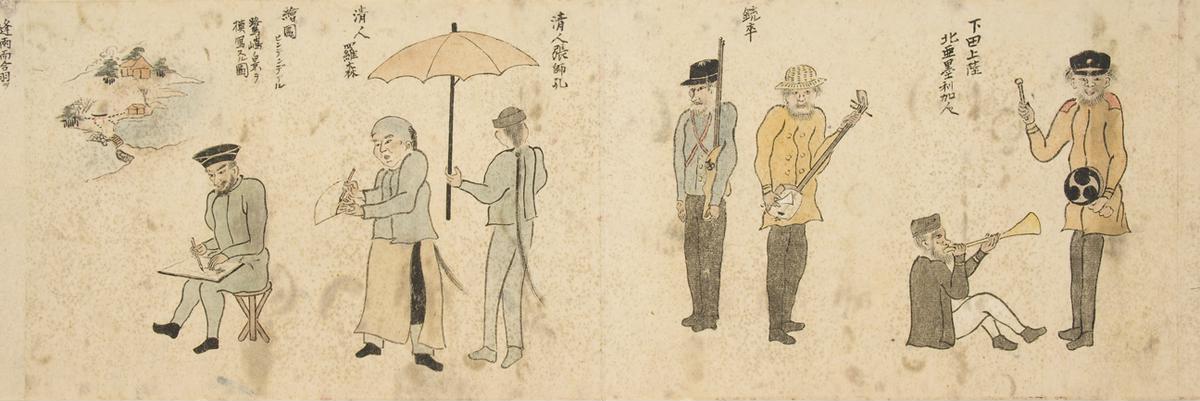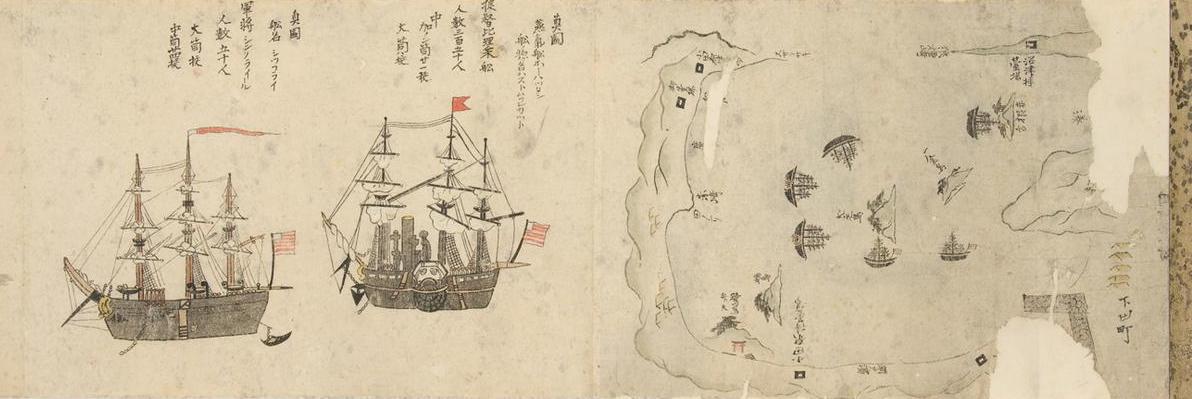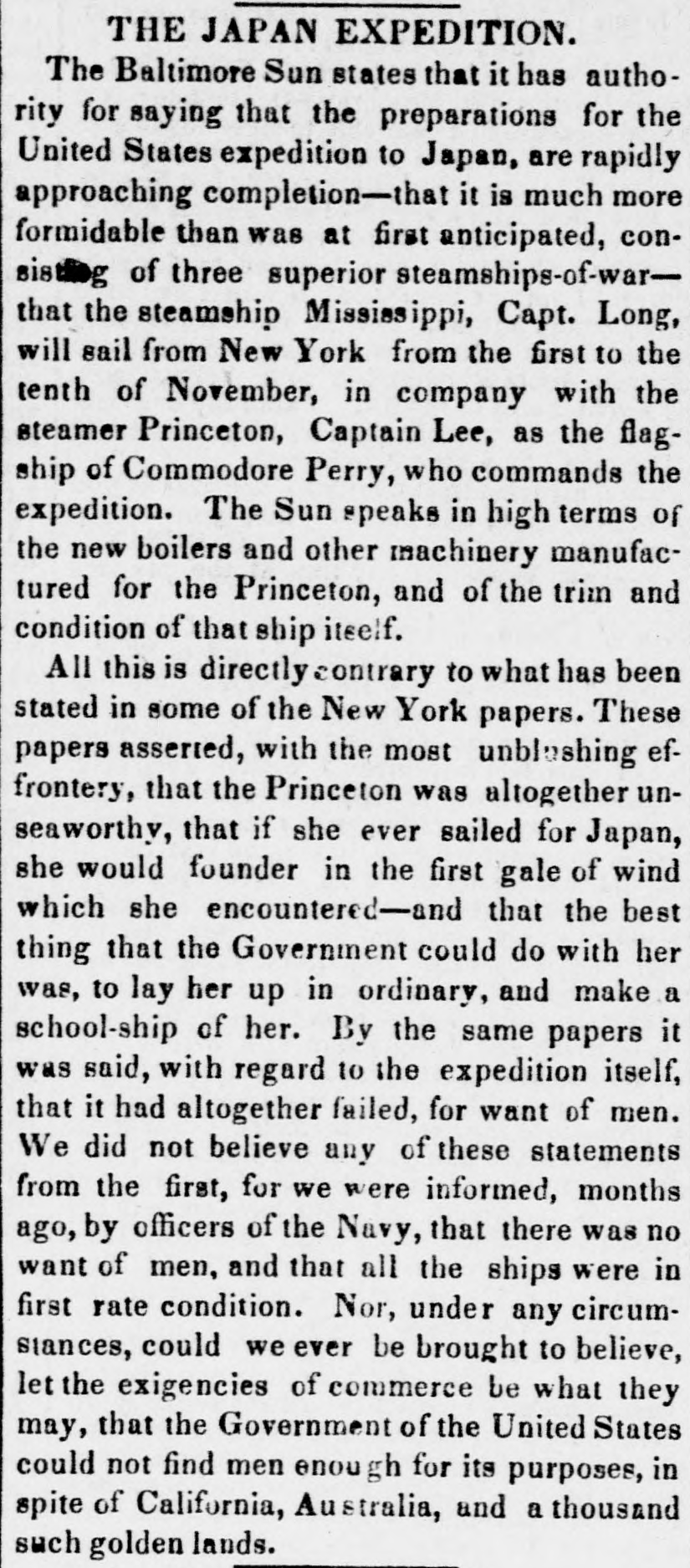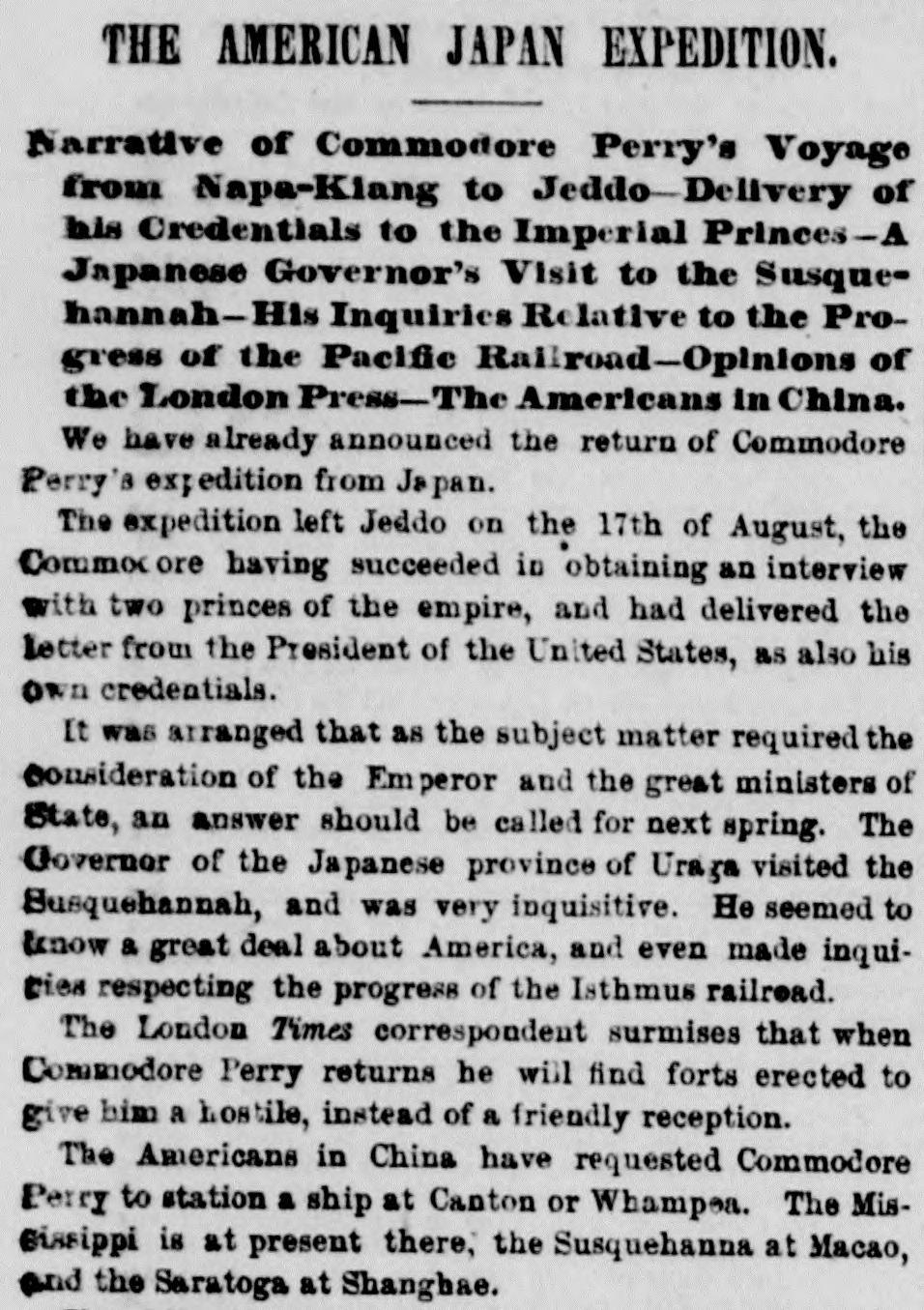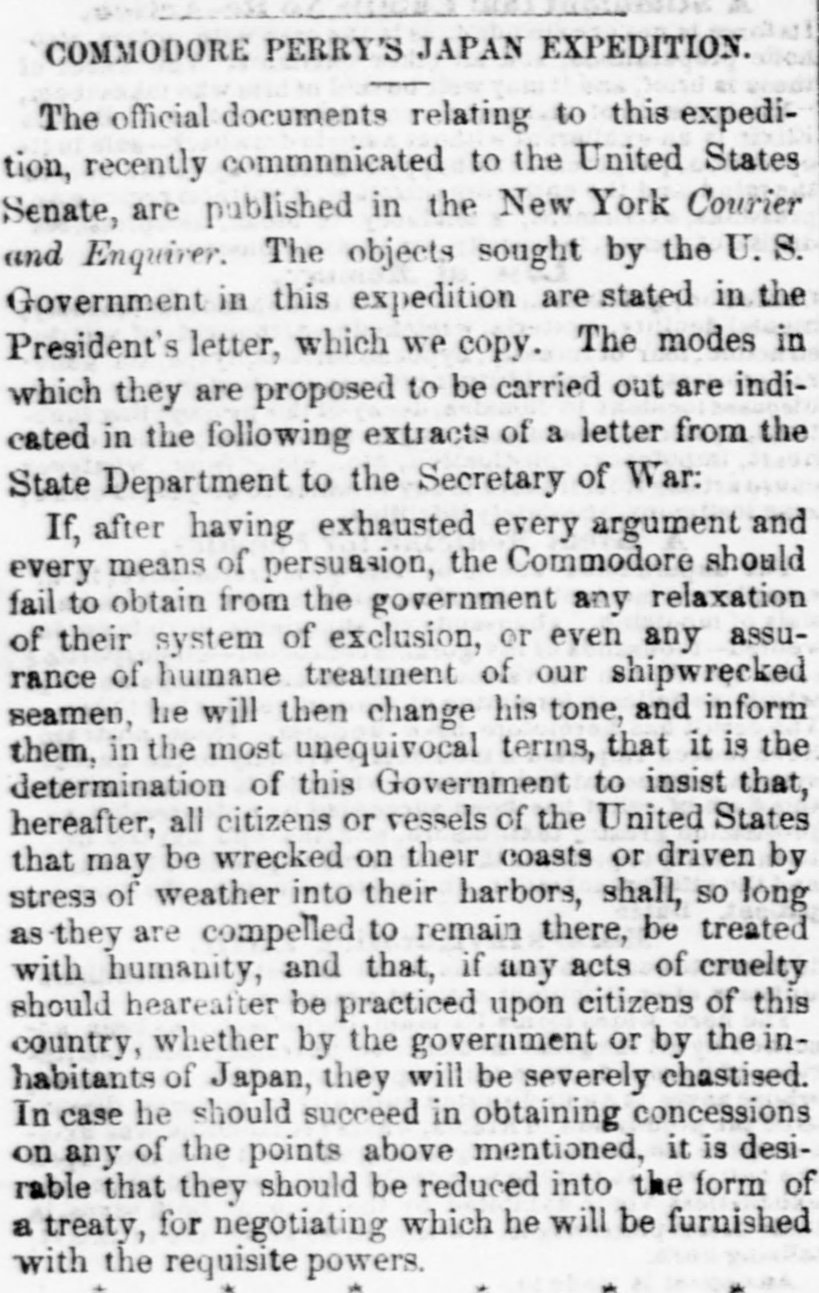Abolishment of the Edo Feudal Hierarchy:
The Successes and Consequences for Japan
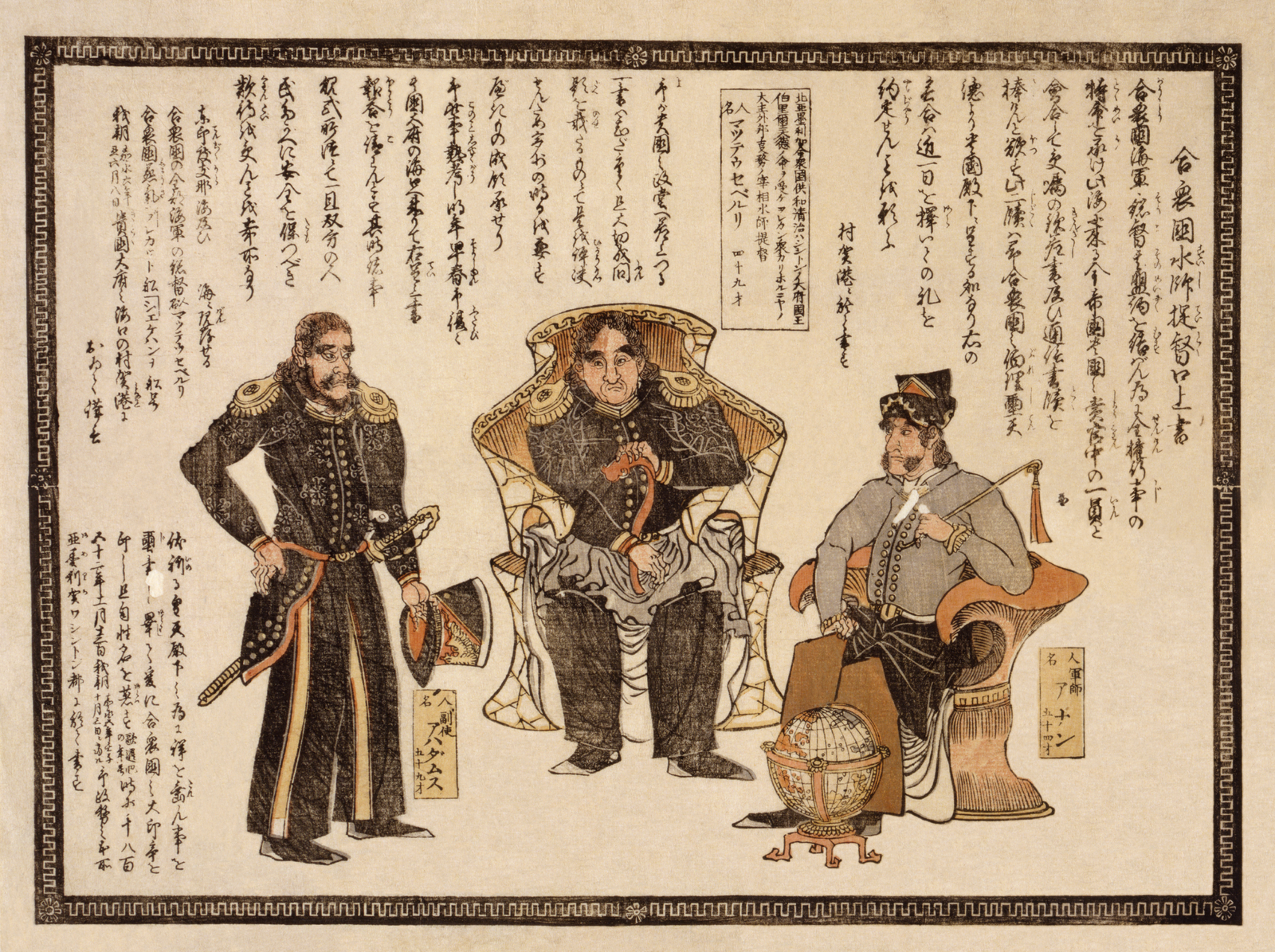
Perry's Expedition
In July of 1853, Commodore Matthew Perry arrived in Uraga, Japan, on a diplomatic expedition to convince the Japanese government to open up their country to foreign trade. Prior to this, Japan had been under an isolation period (Sakoku Policy) for 214 years where any commerce or relations with other countries were heavily restricted. Additionally, no ordinary Japanese citizens were allowed to leave the country, and almost all diplomats were prohibited from traveling to Japan.
"Oral Statement by the American Navy Admiral."
Library of Congress, 1850 - 1900
"I have directed Commodore Perry to assure your imperial majesty that I entertain the kindest feelings towards your majesty's person and government, and that I have no other object in sending him to Japan but to propose to your imperial majesty that the United States and Japan should live in friendship and have commercial intercourse with each other."
~ Letter from the Former President of the United States, Millard Fillmore, to the Former Imperial Emperor of Japan
These images represent drawings made by the Japanese during Perry's expedition.
"The Black Ship Scroll." Honolulu Museum of Art, 1854
The Japanese—aware of America’s growing power—stalled Perry’s confrontation. The Tokugawa shogunate attempted to hold a vote amongst the lower-ranking officials to decide their best course of action, only to result in a tie between maintaining seclusion and reopening the country. Eventually, after several negotiations, the Japanese gave in to the Americans’ demands and signed The Treaty of Kanagawa on March 31, 1854. This became the first significant exchange Japan had with a foreign country in centuries, subsequently prompting the end of Edo feudalism.
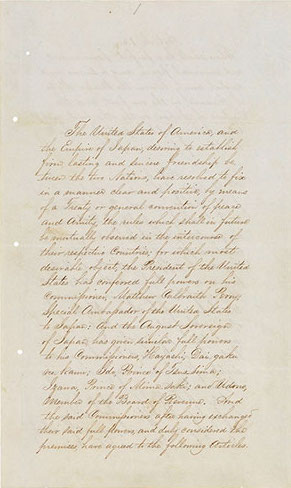
The Treaty of Kanagawa
National Archives Catalog, 1854
"Tegoto" by Michio Miyagi, Performed by Kaori Kimoto, 2008
This koto piece was composed by Michio Miyagi, who became inspired to incorporate Western influence into his music after events like the Perry Expedition.
"The Japanese authorities had sent information to Lieutenant Boyle* that two ships had arrived off Kamakura, and that one of them was ashore. He very promptly and properly dispatched the launch of Southampton with two officers to render all practicable assistance. When the officer in command reached the vicinity he discovered the presence of the squadron and consequently made his report to me."
~ Excerpt from "The Japan Expedition, 1852–1854; the Personal Journal of Commodore Matthew C. Perry."
“Commodore Matthew Calbraith Perry.”
Brady, Matthew B. 1856
*Dispatch of the vessels mentioned above by Lietanant Boyle
"Commodore Perry's Japan Expedition."
Nashville Union and American,
Library of Conrgess, 11 May. 1854.
"The Japan Expedition."
The Daily Dispatch, Library of
Conrgess,, 30 Sept. 1852.
← Thesis
